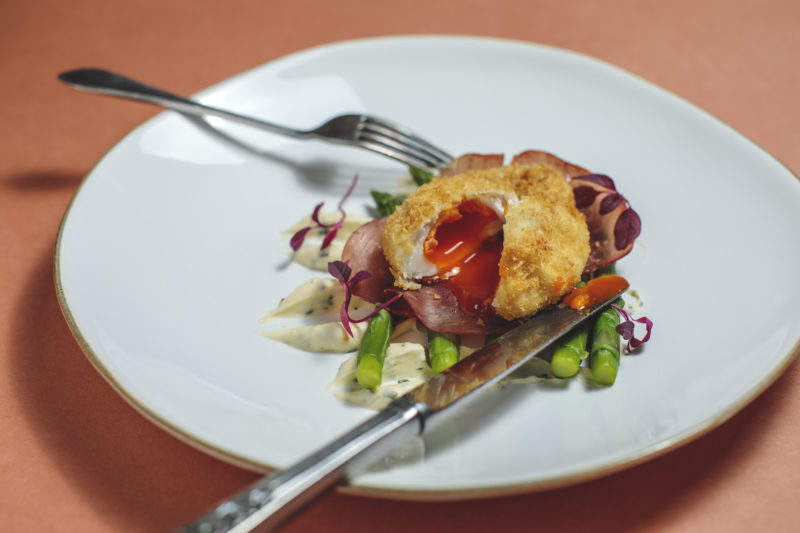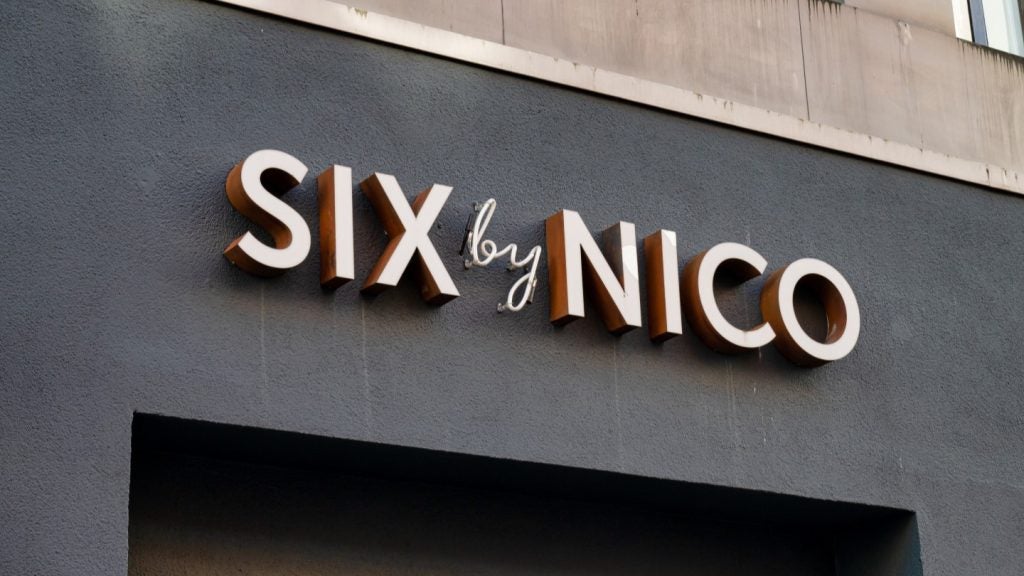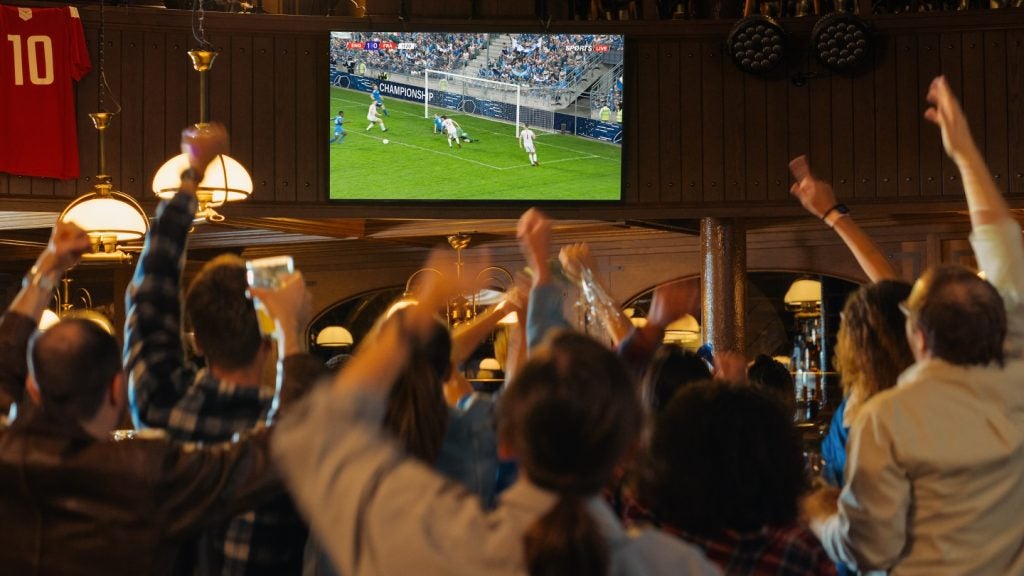
Without a doubt, the saying, ‘people eat with their eyes first’ is true. If a dish looks like it’s simply been chucked on a plate, it’s not going to give people high hopes for its’ taste. First impressions do count, and the presentation of a dish is key to its’ success.
The principles of plate presentation now go far beyond the basic rule of meat between 3pm and 9 o’clock and carbs between 9am and 12pm. There is a whole range of tricks that help build the perfect dish. George Rouse, Executive Chef and owner of George’s Kitchen, knows how important it is for a dish to look as good as it tastes. Here are his tips to help you plate like a pro and ensure your dishes look like works of art.
Stay focused
The primary item of the dish should be the focal point on the plate. This is usually the protein element, such as meat, fish or poultry, however it can be any part of the dish that you wish to highlight. It needs to stand out to catch the consumer’s eyes and draw them in. I usually place the meat in the centre as it showcases my culinary skills and that you want that to be seen. You can then build the rest of the dish around it to enhance the focal point.
Style it out
There are many different styles and designs you can follow, but it’s important to stick to what works best for you and your dishes. You also need to consider who your audience are and what they would want from a dish. For example, for boutique fine dining, simplicity is usually the most effected. I always find it’s much like fashion or writing, plate presentation is personal and objective, every chef has their own style and ways they like their dishes to look.
Creativity is key
If you over think the presentation too much, you’ll never get it right. It’s best to stand back from the dish and look at it from different angles. Sometimes I like to disengage my brain from the task and freehand, this is when I’m most creative. Disconnecting usually leads to new styles and concepts that you would have never thought to put in place otherwise.
Create Texture
Adding different textures to dishes makes them come to life, for example adding a crunchy salad to compliment tender meat. Layering ingredients also adds new dimensions. I use what I like to call the pizza effect, by dotting items around the plate that slightly overlap, rather than all being on top of each other.
How well do you really know your competitors?
Access the most comprehensive Company Profiles on the market, powered by GlobalData. Save hours of research. Gain competitive edge.

Thank you!
Your download email will arrive shortly
Not ready to buy yet? Download a free sample
We are confident about the unique quality of our Company Profiles. However, we want you to make the most beneficial decision for your business, so we offer a free sample that you can download by submitting the below form
By GlobalDataMake it pop
The easiest way to make your dish look good is through colour. Bright foods add accents throughout the dish, which can be achieved with greens such as peas or pinks such as beetroot. Flowers are a great way of creatively adding natural colour that you can’t get with food. At George’s Kitchen I always use wild pansies and nasturtium as they are both edible blooms. You can also play around with contrasting colours, such as dark foods against a white plate, which make the dish pop.
Practice makes perfect
There are so many ways of making your dish look great, so it’s never going to be perfect the first time around. I always practice re-working dishes to find what works best. It’s also good to remember that certain foods can be very difficult to work with. Drizzling sauce for example, will never go the exact way you want it to, so it’s important that you just embrace it.







